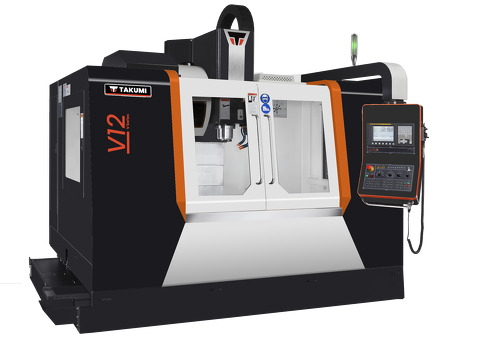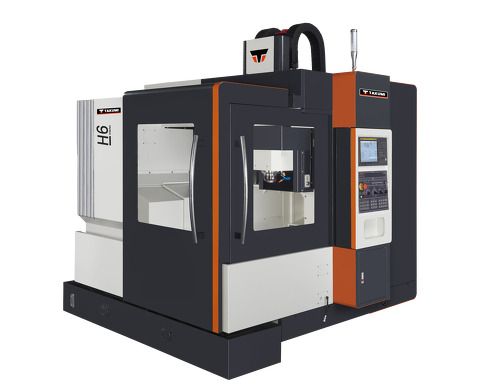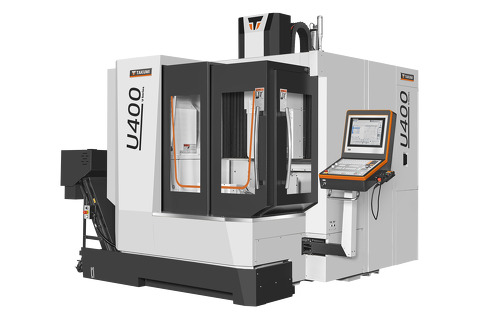- Machining center
- Control
- News & Media
- Company
- Blog
- Contact
Understanding How CNC Machines Revolutionize Precision Engineering
In the contemporary landscape of precision engineering, CNC machines have emerged as a transformative force, revolutionizing various sectors from automotive to aerospace. As industry expert Dr. Emily Carter, a leading authority in manufacturing technology, aptly stated, "CNC machines are not just tools; they are the backbone of precision engineering in today’s manufacturing processes." This statement encapsulates the profound impact these machines have on enhancing accuracy, efficiency, and scalability in production.
CNC, which stands for Computer Numerical Control, represents a significant advancement over traditional manual machining methods. By automating the cutting, shaping, and finishing processes, CNC machines enable engineers to achieve tolerances that were once thought impossible, paving the way for innovative designs and applications. As we delve into the mechanics behind CNC machines, it becomes evident that their integration into manufacturing operations is not merely a trend but a necessary evolution for those aiming to remain competitive in an increasingly precise and technology-driven marketplace.
Understanding how CNC machines operate and their role in the precision engineering sector will serve as a cornerstone for professionals looking to harness their capabilities effectively. This guide will provide insights into the operational principles of CNC machinery, highlight their advantages, and explore best practices for implementation in various engineering contexts.

The Evolution of CNC Machines in Precision Engineering
The evolution of CNC machines in precision engineering is marked by significant advancements that parallel the growing need for automation and digitalization in modern manufacturing. As industries increasingly embrace the principles of the circular economy, CNC machines have transcended traditional roles, incorporating AI and modular designs that enhance their versatility and efficiency. This transformation reflects a broader trend where high-precision, multi-axis machining centers are crucial for meeting the rising demand for intricate engineering solutions.
Recent developments in the CNC machine market indicate robust growth, with projections suggesting a substantial increase in market size by 2032. The integration of cutting-edge technologies, such as robotics and artificial intelligence, is set to redefine operational standards and capabilities within precision engineering. Companies specializing in CNC machining are rapidly advancing their technologies, ensuring they meet the modern demands for quality and performance, thereby positioning themselves as leaders in this revolution of manufacturing excellence.
Understanding How CNC Machines Revolutionize Precision Engineering
| Dimension | Value |
|---|---|
| CNC Machine Type | 3-Axis Milling Machine |
| Accuracy | ±0.01 mm |
| Max Cutting Speed | 18000 RPM |
| Materials Processed | Aluminum, Steel, Plastics |
| Typical Applications | Aerospace, Automotive, Medical Devices |
| Automation Level | Fully Automated |
| Setup Time | Less than 30 minutes |
| Tool Change Time | 10 seconds |
Key Features That Enhance Precision in CNC Machining
CNC machines have fundamentally transformed precision engineering by combining advanced technology with meticulous craftsmanship. Key features that enhance precision in CNC machining include high-speed processing, automated tool change capabilities, and advanced feedback systems. These features allow for quicker setups, reduced cycle times, and minimal human error, resulting in products that meet stringent tolerances.
Tips: To maximize the benefits of CNC machining, ensure regular maintenance of your equipment. Keeping machines calibrated helps maintain precision levels over extended periods. Additionally, investing in employee training on the latest programming techniques can further enhance efficiency and output quality.
The market for CNC machines is poised for significant growth, projected to reach $195.59 billion by 2032. This growing demand is driven by industries seeking to improve productivity and precision. With AI-enhanced tools emerging, such as those showcased at recent industry events, CNC machining continues to innovate, pushing the boundaries of what was previously possible in precision engineering.
Tips: Stay informed about the latest technological advancements by following trade shows and industry news. Utilizing software that offers simulations can help optimize operations before moving to physical production, saving both time and resources.
Analyzing the Impact of CNC Technology on Manufacturing Efficiency
The integration of CNC technology in manufacturing has significantly enhanced operational efficiency, driven by market demands reflecting a broader trend towards automation and precision. According to a market research study by Custom Market Insights, the global CNC machine market is poised for pronounced growth, with trends indicating a shift towards more complex and capable systems. The demand for 5-axis CNC machining centers, for instance, is projected to increase by USD 792.5 million from 2024 to 2028, fueled by advancements in self-optimized machine cutting and the influence of artificial intelligence on manufacturing processes.
Furthermore, the CNC controller market is experiencing robust expansion, valued at $3.2 billion in 2023, and projected to reach $7.2 billion by 2033, marking a compound annual growth rate (CAGR) of 8.3%. This growth reflects the critical role of digitalization and the Internet of Things (IoT), which are reshaping the machine tool industry. As manufacturers adopt these innovative technologies, the efficiency of production systems is set to improve, resulting in higher precision and reduced waste, ultimately transforming the landscape of precision engineering.
Impact of CNC Technology on Manufacturing Efficiency
Common Applications of CNC Machines in Various Industries
CNC machines have become indispensable tools across various industries due to their precision and efficiency. The global CNC machine market was valued at approximately
$29.17 billion in 2018 and is projected to grow at a compound annual growth rate (CAGR) of
4.9% over the forecast period, reaching
$57.54 billion by 2032. This growth is driven by the increasing demand for automation in manufacturing processes, particularly in sectors such as
automotive, industrial machinery, and precision engineering.
The CNC milling machine market alone is anticipated to see significant expansion, with estimates suggesting a growth from
$16.63 billion in 2025 to
$26.70 billion by 2033, reflecting a CAGR of
6.1%. Similar trends are observed in the portable cutting machine sector, which is expected to balloon from a valuation of about
$4.3 billion in 2024 to
$7.77 billion by 2033, demonstrating a robust CAGR of
6.8%. This upward trajectory in various CNC applications highlights the critical role these technologies play in enhancing productivity and precision, positioning them at the forefront of modern manufacturing solutions.
Future Trends in CNC Technology That Will Shape Engineering Standards
The integration of new digital manufacturing technologies is set to redefine engineering standards, particularly in the realm of CNC (Computer Numerical Control) machining. As industries rapidly evolve, the demand for precision engineering increases, highlighting the necessity for advanced CNC technologies that can enhance productivity and maintain accuracy. With a projected growth in the CNC tools market, reaching USD 13.4 billion by 2035, industries are keen on adopting innovative solutions that not only streamline production but also ensure superior quality.
Tips for maximizing the benefits of CNC technology include investing in training for staff to harness the full capabilities of new systems, and integrating AI-driven tools that can predict and rectify errors in real time. Embracing smart manufacturing techniques will also enable businesses to remain competitive in an ever-evolving landscape.
China's leap in innovation within advanced industries underscores the global trend toward technological advancement in precision engineering. As domestic companies refine their capabilities and universities enhance research efforts, the future of manufacturing is becoming increasingly focused on intelligent systems that optimize production and reduce waste. Companies around the world should look to embrace these trends to secure their positions in the market.
Related Posts
-

Challenges Faced by Industries When Using CNC Machines
-

Your Ultimate Guide to Mastering CNC Precision Techniques for Superior Manufacturing
-
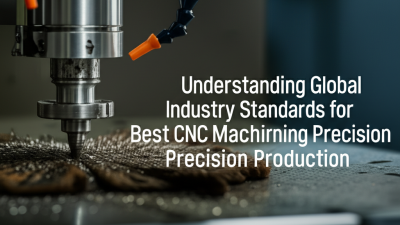
Understanding Global Industry Standards for Best CNC Machining Precision Production
-
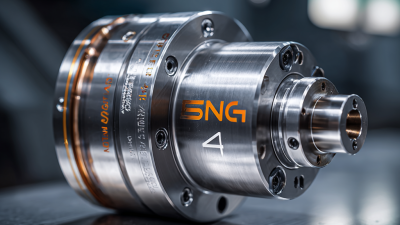
Exploring the Future of Best High Speed CNC Machining Innovations for 2025
-

Ultimate Comparison of the Top 5 CNC Vertical Machining Centers: Performance Metrics and ROI Analysis for Global Buyers
-
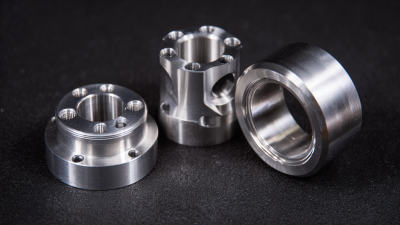
7 Secrets to Finding the Best CNC Precision Machining Suppliers Worldwide
